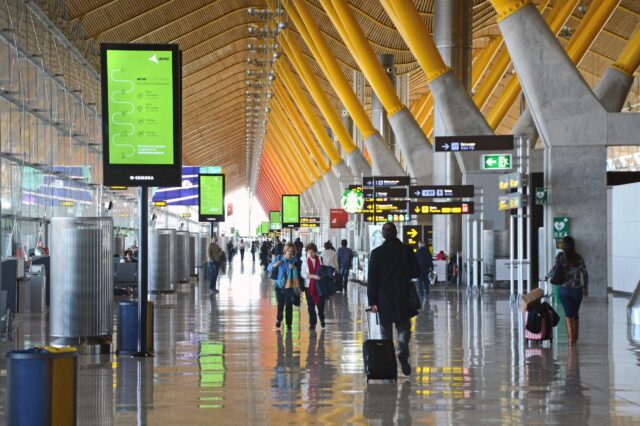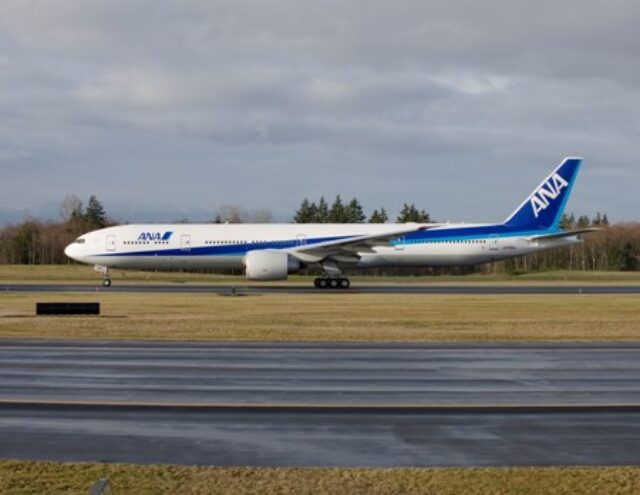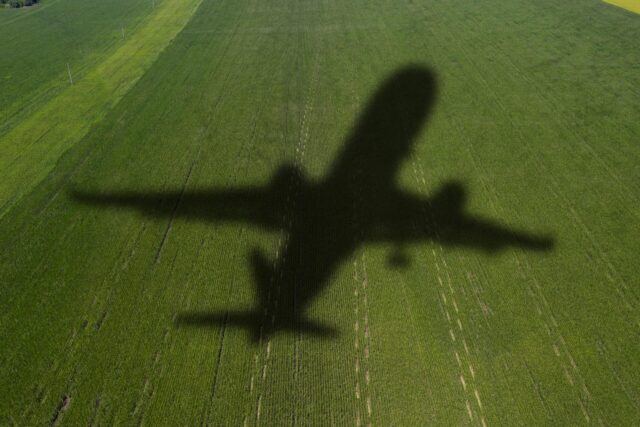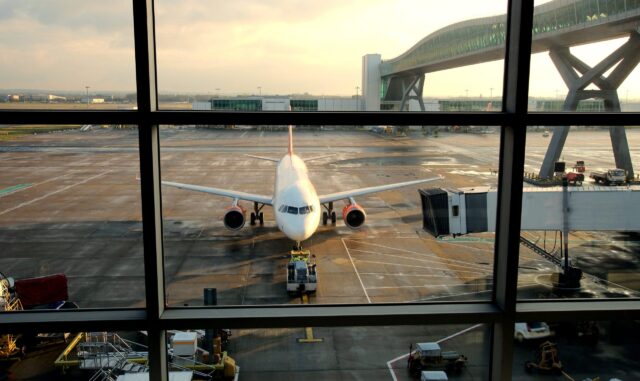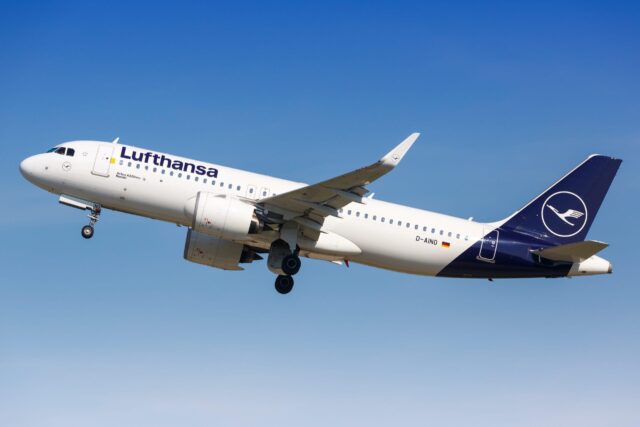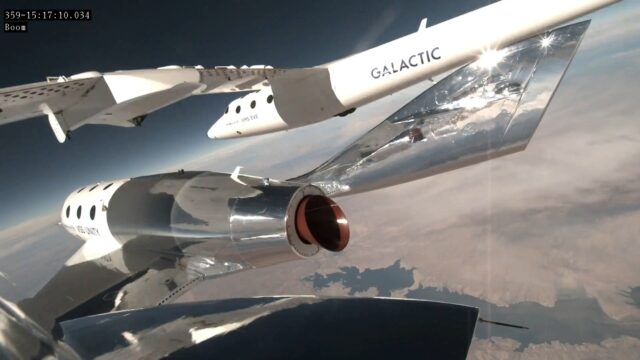American Airlines Boeing 737 engine fire: Parts were installed the wrong way round

Improperly installed engine components and a fuel leak have been identified by federal investigators as contributing factors in a fire on an American Airlines Boeing 737-800 that ignited shortly after landing in Denver earlier this year.
According to a preliminary report released on Thursday by the National Transportation Safety Board (NTSB), the aircraft’s right engine contained multiple assembly issues.
One component was found to be installed the wrong way round, while another part was fastened incorrectly, where fuel was leaking from its fitting. The incident occurred in March, but this is the first official insight into the likely technical faults behind the fire.
The aircraft had been operated as a scheduled flight from Colorado Springs Airport bound for Dallas-Fort Worth but diverted to Denver on March 13 after the crew reported high engine vibrations.
After landing, fire erupted on the stand after the aircraft was parked and engines turned off. Gate staff were able to extinguish the flames, and 12 passengers suffered minor injuries. The remaining 160 passengers and six crew were unhurt.
BREAKING: An American Airlines plane caught fire at Denver International Airport forcing passengers running.
— Ed Krassenstein (@EdKrassen) March 14, 2025
Why does it seem like airline safety is plummeting under Trump? Maybe it’s because he’s making cuts to airline safety? pic.twitter.com/en9sK1hHuJ
The Boeing 737-800 involved in the incident is part of American Airlines’ large narrowbody fleet, primarily used for domestic and short-haul international routes.
The incident highlights ongoing concerns about the quality and oversight of aircraft maintenance.
NTSB finds fuel fittings incorrectly installed
The jet, powered by two CFM56-7B turbofans, suffered visible fire and heat damage on the right engine nacelle, right wing, side fuselage, and main landing gear areas following the March 2025 incident.
According to the NTSB, the right engine nacelle remained structurally intact but showed signs of extensive soot and thermal damage along its lower and aft sections, consistent with a ground-based fire.
An in-depth examination revealed that one of the engine’s fan blade platforms was fractured, though all blades were accounted for. More critically, a fuel fitting on the engine’s variable stator vane (VSV) was both loose and incorrectly installed, causing a fuel leak.
Investigators also discovered that the VSV actuator rod end was fastened improperly, allowing fuel to escape. In addition, the rod end muscle line had fractured at a welded joint. Another anomaly was found in the engine’s thrust reverser system, where a seal drain line had been blocked by sealant.
Additional findings came from the aircraft’s emergency systems. The L2 slide was discovered detached from its storage position, with its safety pin still in place, lying in the L2 passageway. The slide has been sent to its manufacturer for a thorough analysis.
To aid the investigation, the cockpit voice recorder (CVR) and flight data recorder (FDR) were recovered and sent to the NTSB’s Washington lab.
Investigators were able to extract roughly 54 hours of data from the FDR, including the full duration of the event flight. Audio from the CVR began intelligibly during climbout between 15,000 and 16,000 feet as the crew ran the Engine High Vibration checklist. However, audio from the cockpit area microphone was unintelligible throughout the recording.
Maintenance records for the right engine have been reviewed, and several components, including the damaged fan blade platform and actuator rod, have been retained for further analysis. Investigators are also reviewing the service history of the emergency slide unit.
A number of organisations are formally participating in the investigation, including American Airlines, GE Aerospace, Boeing, the FAA, and multiple employee unions. The Bureau d’Enquêtes et d’Analyses (BEA) of France has appointed an accredited representative due to the French involvement in the CFM engine joint venture. Technical advisors from Safran Aircraft Engines and the European Union Aviation Safety Agency (EASA) are also supporting the inquiry.




